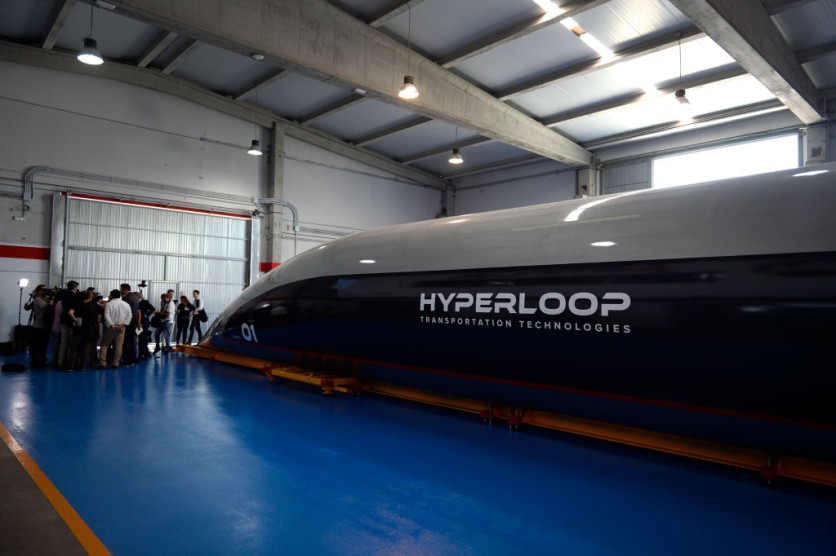Hyperloop, dubbed as the "fifth mode of transportation" and first proposed by Elon Musk himself, will reportedly be operational in Italy as early as 2029, according to Hyperloop Italia founder Bibop Gresta, as reported by Interesting Engineering.
The coveted Hyperloop is said to be a high-speed mass-transit system that might, without significant subsidies, not only perform better than alternative forms of transportation but also be less expensive per mile; it is finally only years away from fruition as per Bibop Gresta, co-founder of Hyperloop Transportation Technologies and founder of Hyperloop Italia.

In an interview with Interesting Engineering for its podcast Lexicon, Bibop revealed that HyperloopTT has signed its first official contract with the Italian government. He stressed that the first Hyperloop route between Venice and Padua may begin operations before 2029. The intended way is 23 miles long, and its main objective is not speed but idea validation.
Detailing how the Hyperloop will run in 2029, Bibop stated that the future train will likely reach 310 mph in its first line, which will be a slight acceleration and deceleration but not a full-speed line.
Fortunately, even in that short route, the company can reportedly test and demonstrate that its Hyperloop train can hit 760 miles per hour without passengers.
Proclaiming his vision, Bibop maintained that he wants "to bring this technology finally to fruition and certify it for people in a way that in the last phase, [the company] would roll out the technology for the entire planet."
Read also: 'Train of the Future': Superfast Hyperloop Shuttle Can Travel at Higher Speeds Using Less Energy
Italy and Europe, Ahead of the Loop
Italy proves to be advancing the Hyperloop at a much better pace, a situation that Gabriele Semino, project lead at TUM Hyperloop, previously stated as reported by CNBC.
Europe is among the first regions to receive this technology, Semino said. Even if China and the Middle East were promising prospects, Semino saw that Europe was leading the way in developing the Hyperloop.
He alluded to its government as one of the primary reasons why the executive branch of the European Union and the European Commission have started investigating the creation of a Hyperloop technological framework.
The World on the Hyperloop
As for the rest of the world, numerous businesses have been vying to create their versions of the Hyperloop since its conception. The Technical University of Munich, behind the TUM Hyperloop, started developing the technology.
The passenger pod from TUM Hyperloop was reportedly shown last September at the IAA car show in Munich, wherein a tube was constructed around 24 meters long. Despite the limited distance, TUM Hyperloop is attempting to verify that the systems function before making a longer track.
Semino stated that he anticipates the technology being available by the end of this decade but using small rails while carrying people in a Hyperloop that runs at top speed.
China, as the South China Morning Post reported, states that the country's leading engineering and rail design institutions predict that it will construct its first Hyperloop train route between Shanghai and Hangzhou. The in-vacuum tube, spanning 93 miles, will enable maglev trains to reach top speeds of 621mph, which is expected to be operational by 2035.
Related Article : China is Creating a 'Hyperloop' to Connect Shanghai and Hangzhou, Turning Elon Musk's Concept to Reality





